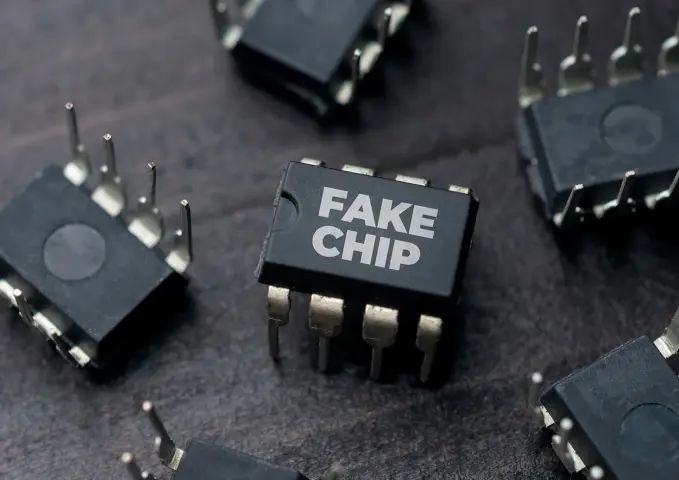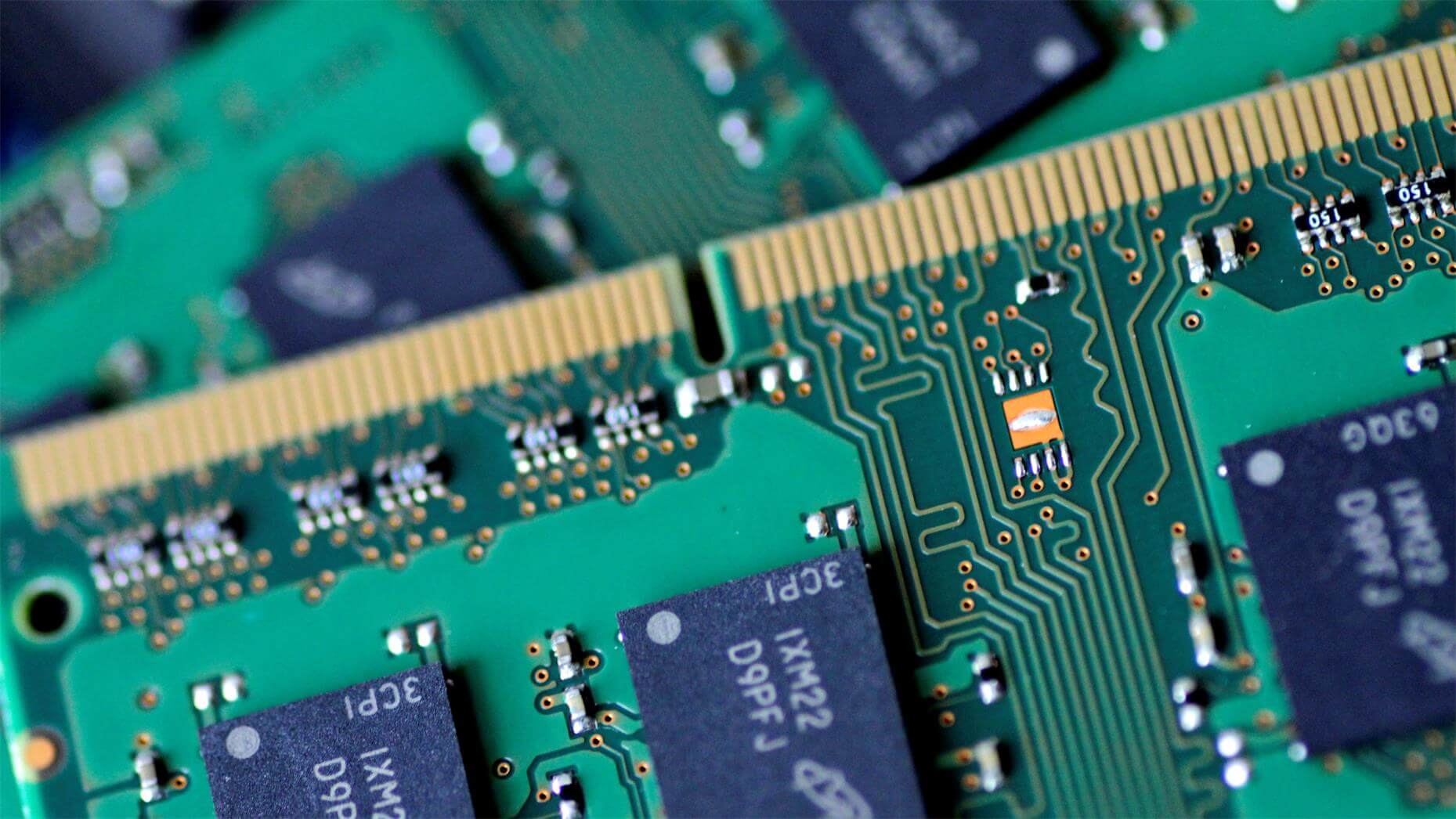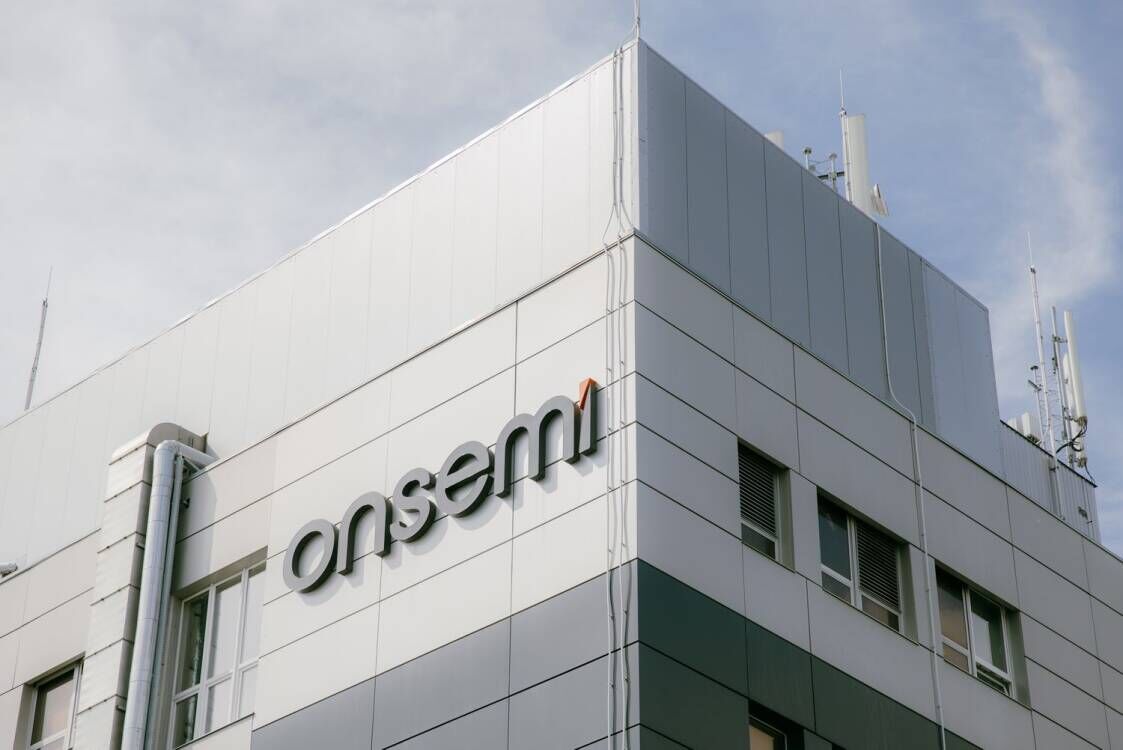August 6, 2025 /SemiMedia/ — Suspected counterfeit and substandard electronic components reported to ERAI surged to 1,055 cases in 2024, up 25% year-on-year and marking the highest count since 2015, according to ERAI’s annual report released this week.
The spike was partly driven by a single event in May 2024 when the U.S. government flagged 248 fake fan modules. Even excluding that batch, the year still saw a 3% increase over 2023, consistent with the growth rate seen between 2022 and 2023.
Analog ICs, microprocessors, memory ICs, and programmable logic ICs remained the most frequently counterfeited categories. Analog ICs topped the list for another consecutive year, while capacitor-related reports continued to decline — only six cases were recorded in 2024, a significant drop from the 165 cases reported during the 2019 shortage.
A new brand, 3ON SYSTEMS INC., ranked highest in 2024 due to the May incident, but excluding that data, traditional brands such as Xilinx continued to dominate counterfeit reports. Interestingly, Xilinx, which was the most frequently counterfeited brand over the past decade, fell to fifth place in 2024, reflecting a moderate downward trend in recent years.
Another emerging trend is the increased targeting of lesser-known brands, many of which had never been flagged in ERAI’s prior records. This suggests counterfeiters are expanding their scope beyond high-profile manufacturers.
Notably, 27% of reported counterfeit parts in 2024 were still in production, with many of them considered readily available. Surprisingly, readily available in-production parts were reported more than twice as often as those with longer lead times, suggesting that supply availability is not necessarily a deterrent to counterfeit activity.
The majority of flagged components — 85.2% — were reported for the first time, while only 6.3% had appeared in multiple previous reports. ERAI warns that a lack of prior incidents does not imply safety. Any component sourced outside the authorized supply chain should be scrutinized with equal rigor.
Geographically, 51% of reports came from U.S.-based organizations, while the remaining 49.7% originated internationally. In terms of reporting entities, third-party testing labs led with 37.4%, followed by independent distributors at 31.9%. Manufacturers themselves contributed only 5.8% of total reports.
Overall, the 2024 data highlights an ongoing post-pandemic vigilance across the semiconductor industry. As counterfeit threats continue to evolve, especially in high-value analog and processor segments, industry players must remain alert and proactive in securing their supply chains.












All Comments (0)